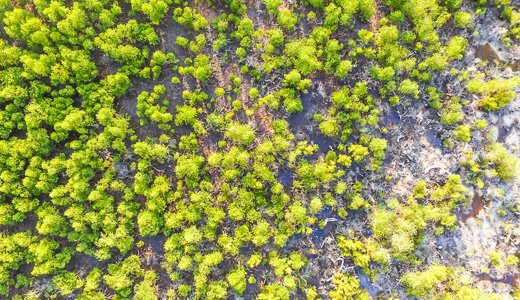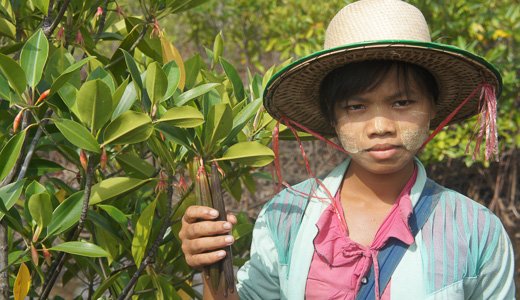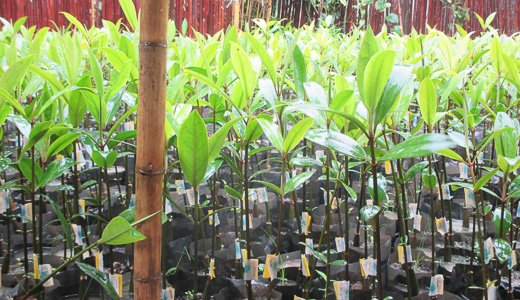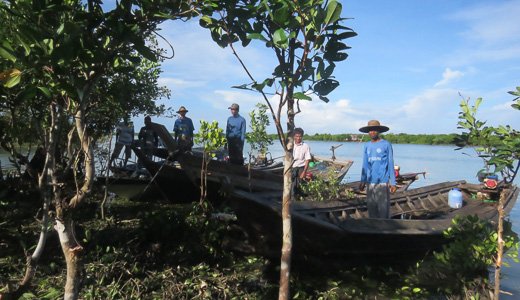Developing a Sustainable Mangrove Ecosystem in Myanmar
Myanmar
As an LDC, which is particularly climate vulnerable, Myanmar needs sufficient and sustained financial assistance across its climate change agenda. The impacts of changing climate will be felt strongly by the vulnerable coastal community, impacting lives and livelihoods. The PoA seeks to increase the climate resilience of these communities through mangrove plantation, which reduces impacts of storms as well as positively impacts livelihoods of the coastal communities. The project is implemented with a high level of community involvement and members of the local community are employed and trained for the purpose of implementation of project activities. The project team will organise village committees who will be responsible and committed to project these mangroves and report to the team in case of such activities.
Background of Project
The programme addresses issues of biodiversity conservation, natural forest management, community forestry, water resource management etc. which will help the community directly and indirectly. Mangrove habitats are known to sustain a diversity of organisms and are biodiversity hotspots. The mangrove ecosystem helps sustain nurseries for various aquatic organisms.
The Project
The programme is expected to significantly increase the area under mangroves through a combination of afforestation and reforestation. The establishment of mangrove systems will further bind the soil and allow for further capture of silt and prevent excess silt from being washed away. This will help in further land accretion and reduces negative impacts of silt on seagrass, meadows and corals.
The Benefits
The programme seeks to improve livelihoods and reduce poverty by developing better Socio-economic condition in the local communities. The programme also addresses problems related to food security, climate change and ecological habitats. It also improves agricultural efficiency and promotes traditional medicine.







